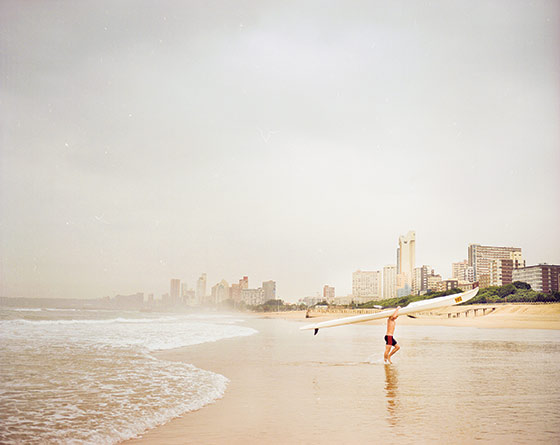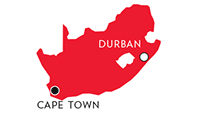

Though Durban has long been overshadowed by Cape Town to the south, this coastal city is, like the Mother City, marked by spectacular beaches; a world-renowned aquarium (uShaka Marine World, which is actually much larger than its Cape Town counterpart); and a world-class stadium, the Moses Mabhida, which, in addition to concerts and soccer tournaments, hosts the I Heart Market on the first Saturday of every month, with its hand-stitched leather iPad cases, tribal-print baseball caps, and mod vintage dresses by local artisans and collectors. (The city’s up-and-coming creative community is also getting increasing love thanks to new initiatives like Interpret Durban—an awards ceremony held in August spotlighting local musicians, photographers, and T-shirt designers—to go along with standbys such as last week’s Poetry Africa International festival.) With a vibrant blend of Zulu, Indian, and British influences (the city has one of the largest Indian populations outside of India), Durban’s cuisine is even more eclectic than Cape Town’s, ranging from the ubiquitous street food bunny chow (messy curry served on a hollowed-out loaf of bread); the Indian buffet at the Colonial-style Oyster Box Hotel (2 Lighthouse Rd.; 514-5000); and the crêpes Suzette at the French bistro Île Maurice (9 McCausland Crescent; 561-7606). Unlike Cape Town’s waters, Durban’s Indian Ocean is warm enough to swim year round and, thanks to safety netting, shark-free to boot; South African sailers and surfers will be flocking here in droves next month for the Umhlanga Summer Carnival (from December 7 to 21). Overlooking the harbor is the Teremok Marine hotel (from $160; teremok.co.za), which has a garden-enclosed pool, a recently renovated spa, and complimentary bicycles for the less than five-minute ride to the shops and restaurants in Umhlanga Rocks village.
Population: 3.5 million
Distance from Cape Town: Two-hour flight.